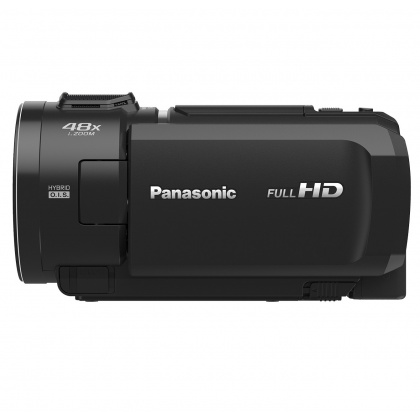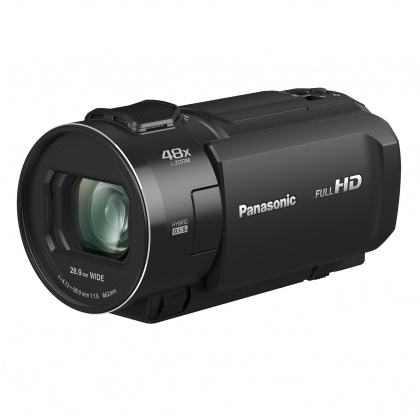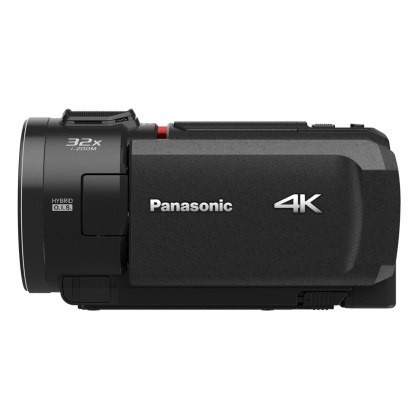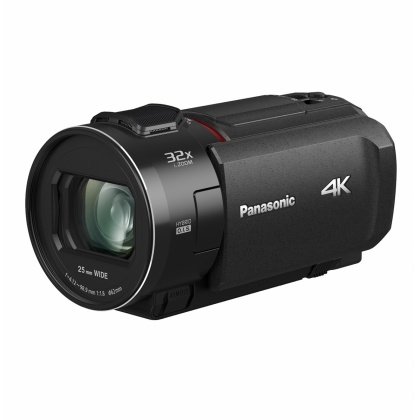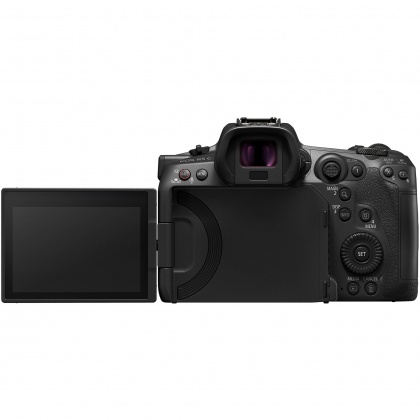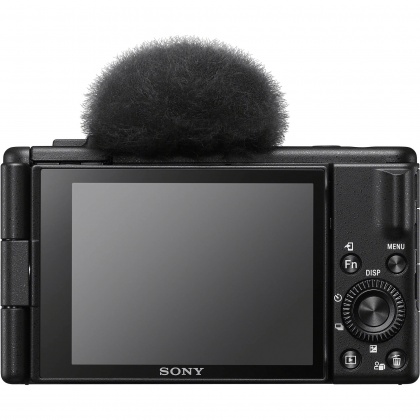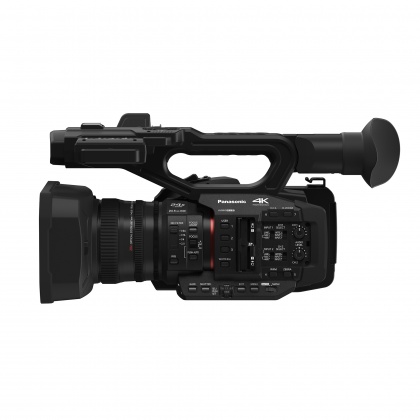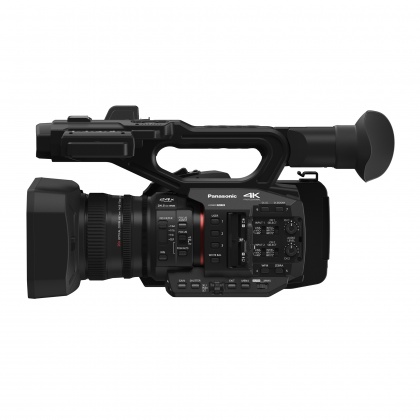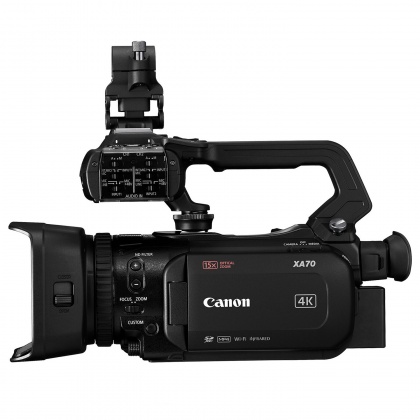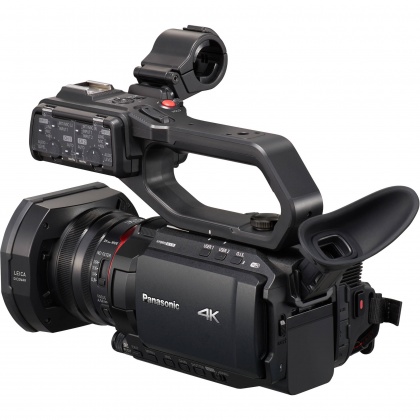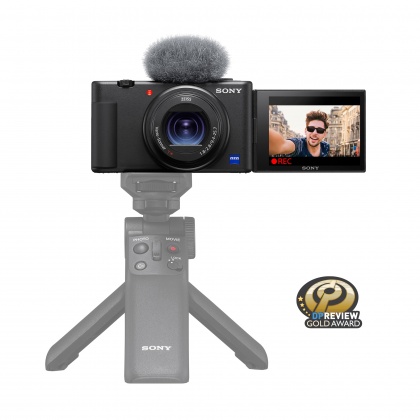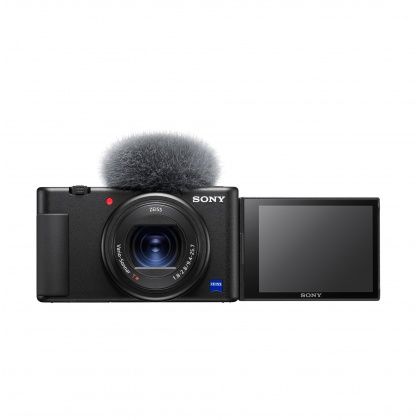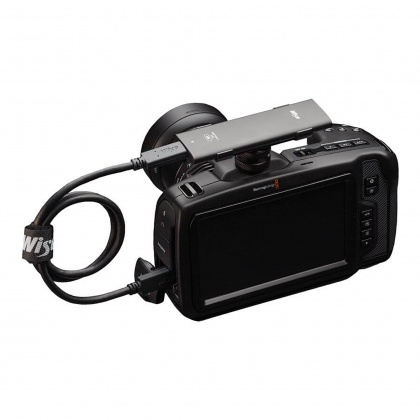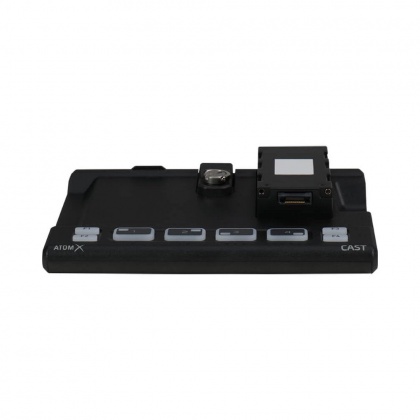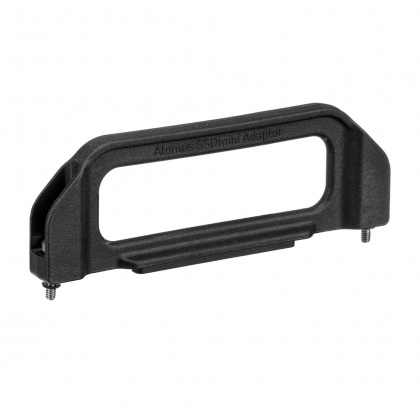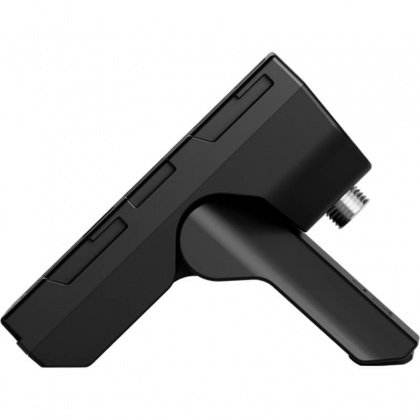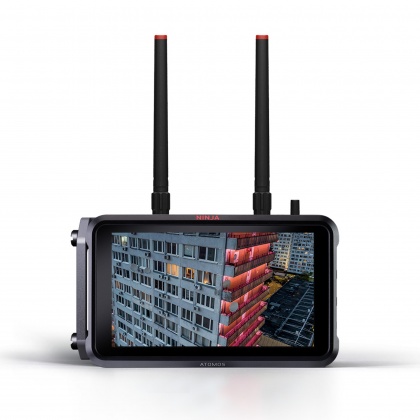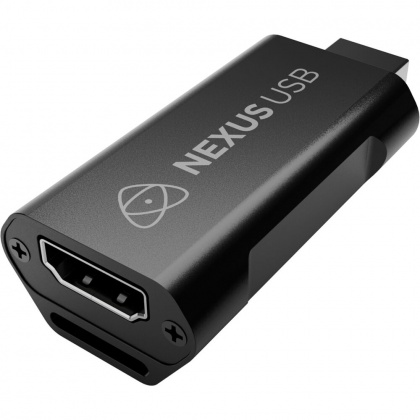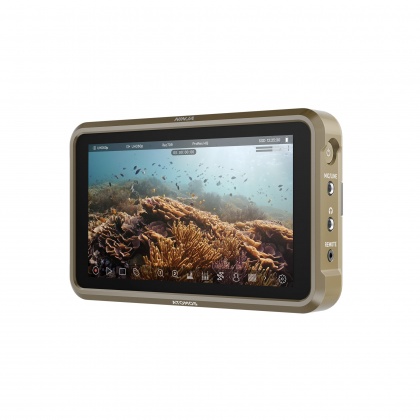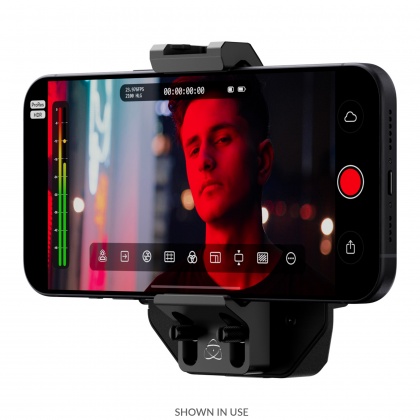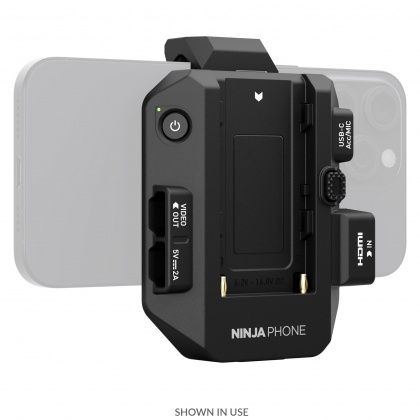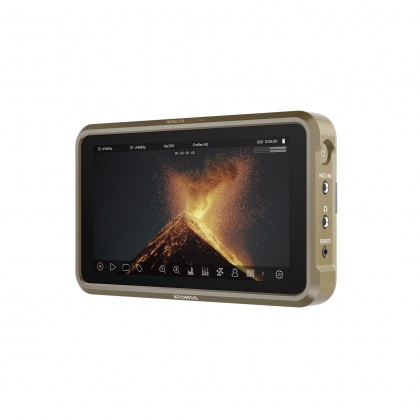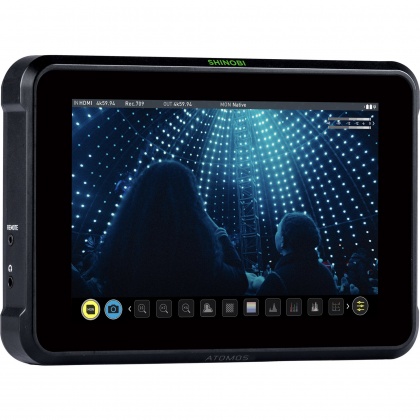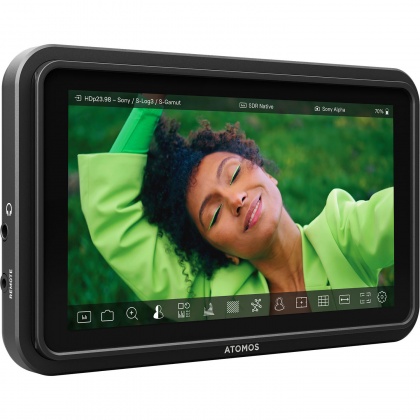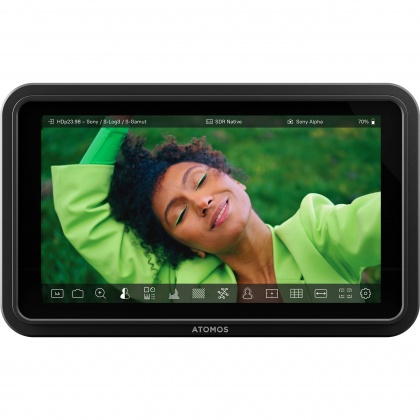How Will You Record Video This Year?
We ALL use video differently and all have different wants and needs, 2023 saw the highest rise in online content from holiday videos to highly cinematic driven travel videos.
So if you are finding yourself a bit lost in all of this, maybe the information below can shed some light for you, or make things worse the choice is yours!
Content creators maybe a term you have heard mentioned here and there, it refers to people who create dedicated videos for sites such as Youtube, Tiktok, Instagram etc.
Content creators often use a variety of video and cinema cameras to produce high-quality videos for their channels. Here's a brief summary of different camera types commonly employed:
- Mirrorless Cameras: Compact and versatile, mirrorless cameras like the Sony A7 series or Panasonic GH5 offer excellent video quality, interchangeable lenses, and advanced features. They are popular for vlogging and general YouTube content.
- DSLR Cameras: Traditionally known for still photography, DSLR cameras like the Canon EOS series and Nikon D850 have gained popularity in the YouTube space due to their large sensors and lens options, providing a cinematic look.
- Cinema Cameras: Dedicated video cameras such as the Blackmagic Pocket Cinema Camera or RED Komodo are designed specifically for filmmaking. They offer high-resolution, wide dynamic range, and cinematic capabilities, making them suitable for professional content creators.
- Action Cameras: Compact and durable action cameras like the GoPro Hero series are ideal for capturing dynamic and adventurous content. They are commonly used for action sports, travel vlogs, and outdoor activities.
- Camcorders: Some content creators still use dedicated camcorders like the Sony Handycam or Panasonic HC series. Camcorders offer built-in zoom, image stabilization, and user-friendly features.
Ultimately, the choice of a camera for YouTube videos depends on the creator's specific needs, budget, and style. Many successful YouTubers use a combination of these cameras, adapting to different situations and content genres to ensure a visually appealing and engaging final product.
Camcorders: These dedicated video cameras are designed for handheld use and are user-friendly. Camcorders typically have built-in zoom lenses, image stabilization, and a variety of shooting modes, making them suitable for a range of video applications.
Mirrorless Cameras: Similar to DSLRs but without the mirror mechanism, mirrorless cameras are lightweight and compact. They are also favored for video recording, offering high-quality footage with interchangeable lenses and advanced features.
Cinema cameras and professional video cameras are specialized tools designed for high-quality video production. Cinema cameras are often used in filmmaking and provide advanced features like large image sensors, high resolution, and the ability to use interchangeable lenses. These cameras offer filmmakers greater control over depth of field, dynamic range, and cinematic aesthetics.
Professional video cameras, on the other hand, cater to a broader range of video production applications, including documentaries, news reporting, and live events. They are equipped with features such as broadcast-quality recording, robust build, and versatile connectivity options. Professional video cameras are designed for reliability and efficiency in various shooting environments, offering a balance between performance and practicality.
Both cinema cameras and professional video cameras play crucial roles in the world of visual storytelling, with their specific features tailored to meet the demands of different professional videography and filmmaking needs.
Here are some common video terms:
- Aspect Ratio: The proportional relationship between the width and height of a video frame. Common aspect ratios include 16:9 (widescreen) and 4:3 (standard).
- Frame Rate (fps): The number of frames displayed per second. Common frame rates include 24fps (cinematic), 30fps (standard), and 60fps (smooth motion).
- Resolution: The number of pixels in each dimension of a video frame, often expressed as width x height (e.g., 1920x1080 for Full HD).
- Bitrate: The amount of data processed per unit of time, usually measured in bits per second (bps). Higher bitrates generally result in better video quality but require more storage space.
- Codec: A software or hardware tool that compresses and decompresses video files. Common codecs include H.264, H.265, and VP9.
- Bit Depth: The number of bits used to represent each color in a video. Higher bit depth allows for more colors and greater color accuracy.
- Keyframe: A frame in a video sequence that serves as a reference point for changes in the image. Keyframes are essential for video compression and editing.
- FPS (Frames Per Second): The abbreviation for frame rate, indicating the number of video frames displayed per second.
- Resolution: The sharpness and clarity of a video image, determined by the number of pixels in each frame.
- Editing Software: Applications used to edit and manipulate video footage. Examples include Adobe Premiere Pro, Final Cut Pro, and DaVinci Resolve.
- Transcoding: The process of converting a video file from one codec, resolution, or format to another.
- LUT (Look-Up Table): A file that maps the colors in a video to different values, allowing for color correction and grading.
- B-Roll: Additional footage used to complement the main shots in a video, often providing context or enhancing storytelling.




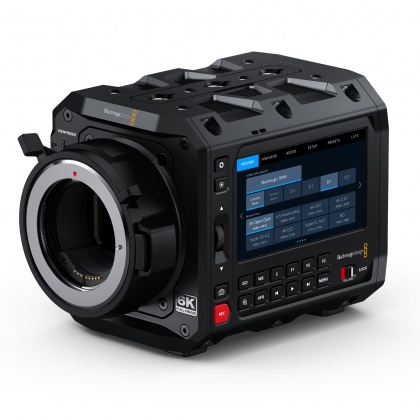
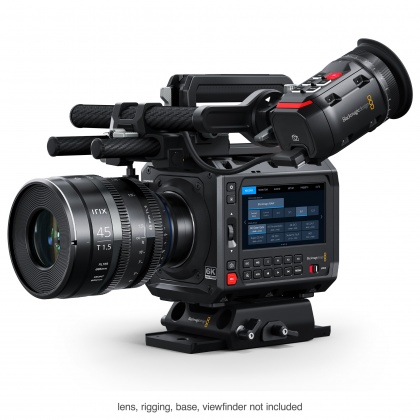

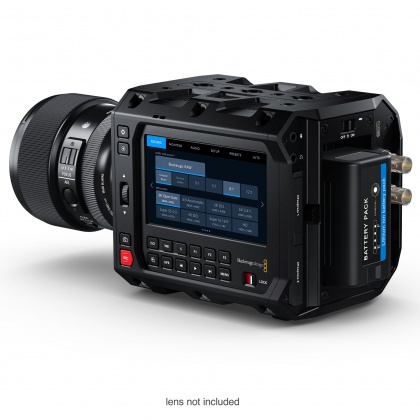

 Low Stock - order now or contact us to reserve
Low Stock - order now or contact us to reserve

